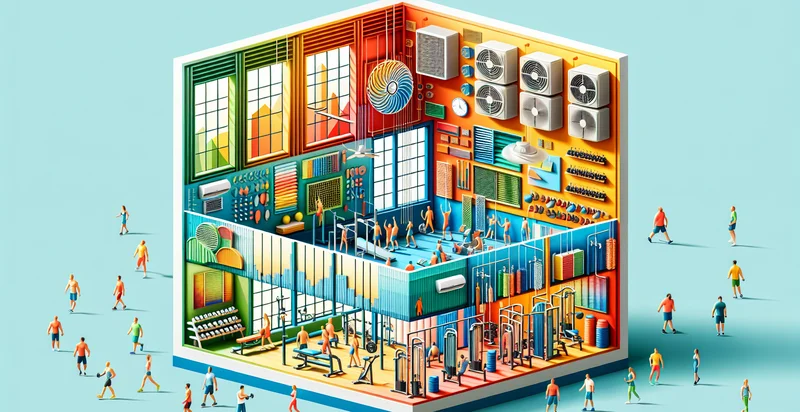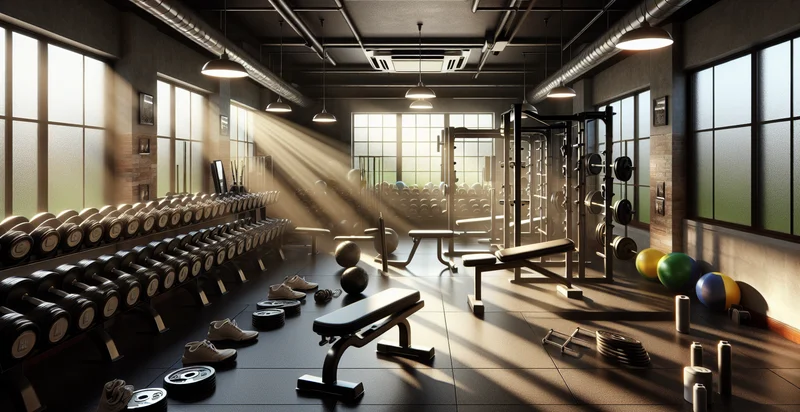Identify weight room ventilation types
using AI
Below is a free classifier to identify weight room ventilation types. Just upload your image, and our AI will predict the type of ventilation system present in the weight room. - in just seconds.

Contact us for API access
Or, use Nyckel to build highly-accurate custom classifiers in just minutes. No PhD required.
Get started
import nyckel
credentials = nyckel.Credentials("YOUR_CLIENT_ID", "YOUR_CLIENT_SECRET")
nyckel.invoke("weight-room-ventilation-types", "your_image_url", credentials)
fetch('https://www.nyckel.com/v1/functions/weight-room-ventilation-types/invoke', {
method: 'POST',
headers: {
'Authorization': 'Bearer ' + 'YOUR_BEARER_TOKEN',
'Content-Type': 'application/json',
},
body: JSON.stringify(
{"data": "your_image_url"}
)
})
.then(response => response.json())
.then(data => console.log(data));
curl -X POST \
-H "Content-Type: application/json" \
-H "Authorization: Bearer YOUR_BEARER_TOKEN" \
-d '{"data": "your_image_url"}' \
https://www.nyckel.com/v1/functions/weight-room-ventilation-types/invoke
How this classifier works
To start, upload your image. Our AI tool will then predict the type of ventilation system present in the weight room..
This pretrained image model uses a Nyckel-created dataset and has 20 labels, including Air Circulation Systems, Air Exchangers, Basement Ventilation, Ceiling Fans, Central Ac, Dehumidifiers, Ductless Systems, Exhaust Fans, Fresh Air Intakes and Heat Recovery Ventilators.
We'll also show a confidence score (the higher the number, the more confident the AI model is around the type of ventilation system present in the weight room.).
Whether you're just curious or building weight room ventilation types detection into your application, we hope our classifier proves helpful.
Related Classifiers
Need to identify weight room ventilation types at scale?
Get API or Zapier access to this classifier for free. It's perfect for:
- Fitness Facility Optimization: Gym owners can utilize the weight room ventilation types identifier to assess the effectiveness of their current ventilation systems. By understanding which types of ventilation work best in weight rooms, they can make informed decisions on upgrades or adjustments to enhance air quality and user experience.
- Indoor Air Quality Monitoring: Commercial facilities can implement this function to continuously monitor and classify ventilation types in weight rooms. This data can then be used to ensure compliance with health standards, improve air circulation, and prevent potential health issues related to poor indoor air quality.
- Energy Efficiency Assessment: Facility managers can evaluate the energy efficiency of different ventilation systems by identifying their uses in weight rooms. This use case allows them to optimize energy consumption while maintaining high air quality, leading to cost savings and environmental benefits.
- Safety and Compliance Audits: Sports organizations can leverage this identifier to conduct safety and compliance audits regarding ventilation in weight rooms. By ensuring proper ventilation types are used, they can reduce the risk of accidents and create a safer training environment for athletes.
- Design and Renovation Planning: Architects and interior designers can utilize insights from the ventilation types identifier in the design and renovation of fitness facilities. This helps them to create efficient layouts that maximize airflow and ventilation effectiveness, enhancing the overall functionality of weight rooms.
- Predictive Maintenance Alerts: By implementing this technology, facility maintenance teams can use data on ventilation types to predict when systems may require maintenance or replacement. This proactive approach minimizes downtime and ensures that ventilation systems are always operating at peak efficiency.
- Consumer Health Insights: Health and fitness apps can integrate the ventilation types identifier to offer users insights on the optimal environments for workouts. Users can make informed decisions about their training locations based on the types of ventilation in weight rooms, leading to improved health outcomes and training experiences.


